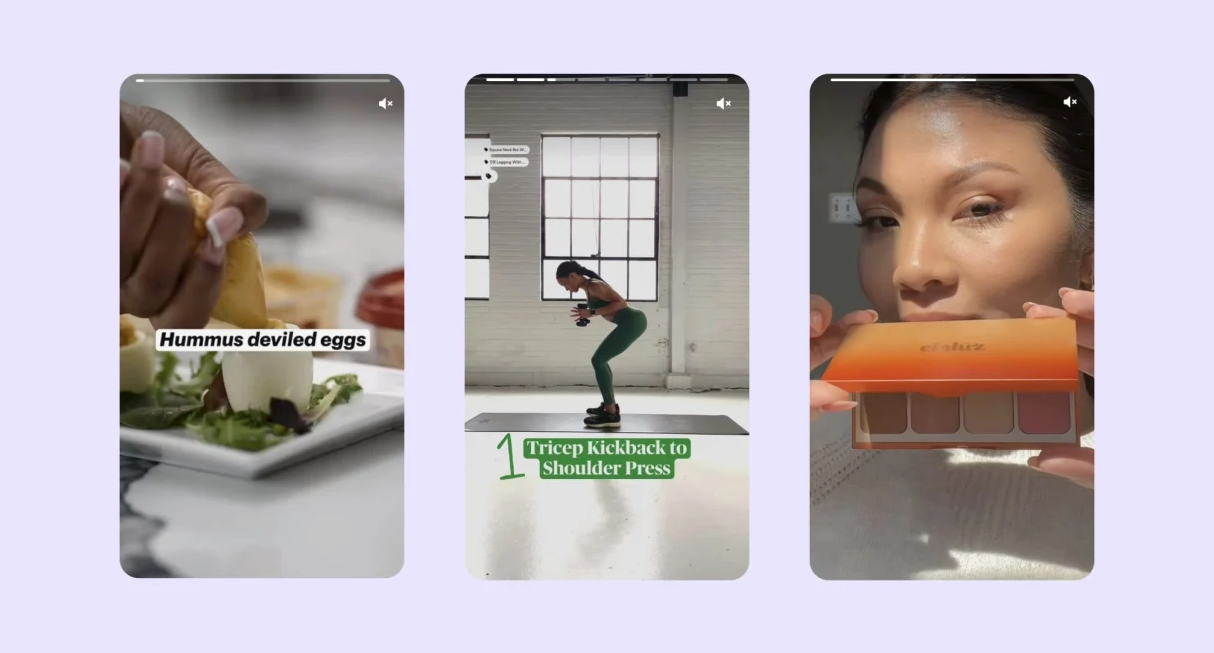Pinterest is doubling down on creators. Actually, it’s tripling down. Yesterday, the platform announced it would be adding $1.2 million to its Creator Fund, a sum set aside to provide resources—cash grants, equipment and ad credits—to Pinterest creators from underrepresented backgrounds (which Pinterest defines as people of color, people with disabilities and members of the LGBTQIA+ community). The news follows last year’s announcement that the company would set aside $500,000 to start the fund.
The money and resources will be handed out to individual creators who apply (you have to have more than 1,000 followers on the platform already), along with training from Pinterest and connections to sponsoring advertisers. The platform is rolling out the program in four tiers this year, starting with a focus on fashion and beauty. Later in the year, Pinterest will accept applications from creators in the food, lifestyle (which includes home content) and wellness categories.
The move has resonance within both Pinterest itself and the larger social media landscape. While the platform has carved out a valuable niche as the internet’s definitive tool for gathering and organizing inspiring visuals, its growth has stalled somewhat. After an early pandemic high of 478 million active users, Pinterest is now down to 431 million—still higher than 2019 numbers, but not the direction the company wants to go, especially as competitor TikTok rides rocket-powered growth to more than 1 billion active users.
Bringing creators—who drive obsessive engagement beyond “I need a quick cat video fix”—into the mix is a way for Pinterest to both draw in new eyeballs and deepen its relationship with its existing users. It’s also something of a new territory for the 12-year-old platform, which had largely been satisfied to stake out its niche as a curation engine. There’s a lot of stuff on Pinterest, but not quite as many people—something the company has been hoping to change in recent years.
“When we’d talk to users of Pinterest … we’d say, ‘What’s the most inspiring thing to you?’” Naveen Gavini, the company’s product chief, told Protocol last year. “They’d reply with a person: ‘My mom’s really inspiring.’ ‘This public figure is inspiring.’”
To that end, Pinterest has rolled out a number of creator-friendly features like “Idea Pins,” a functionality that allows users to create Snapchat-like stories, and a “Watch” tab that highlights video content. The platform has also allowed sharing of content across multiple platforms (you can share Pinterest creations on TikTok now, for example) in an effort to invite creators working elsewhere to give Pinterest a try.
Funding creators directly is only the latest step in a concerted push to get more people onto Pinterest. In that, the company is hardly alone. The past five years have seen a huge spending spree, as various platforms have actively courted creators with direct cash payments. According to TechCrunch, TikTok has a $200 million fund to pay creators; Meta has committed to $1 billion for creator bonus programs; and YouTube says it has spent $30 billion on creators over the past three years. Even Pinterest itself has another fund, totaling $20 million, set aside to reward creators for participating in various challenges.
Pinterest earmarking this fund specifically for creators from underrepresented backgrounds also fits into the larger cultural landscape. In the aftermath of 2020’s racial reckoning, social media platforms have looked to diversify both their own staff and their roster of creators—Instagram set aside $25 million for Black creators, while YouTube allotted $100 million. Spotify recently announced a $100 million fund for underrepresented creators.
In recent years, funding creators directly has become a go-to move for social media platforms, whether it’s to recognize the cultural moment, push back against societal injustices, bring in a bigger audience, or do all of the above at once. Just as the overall economy is in a labor crunch, platforms are desperately in need of a diversity of talent—and they’re willing to pay for it.
Homepage image: Courtesy of Pinterest





























